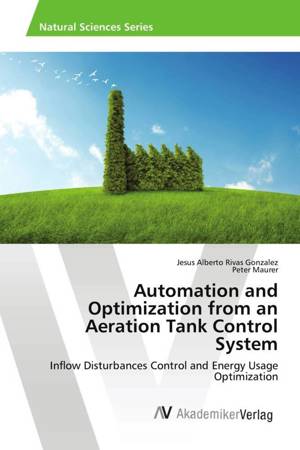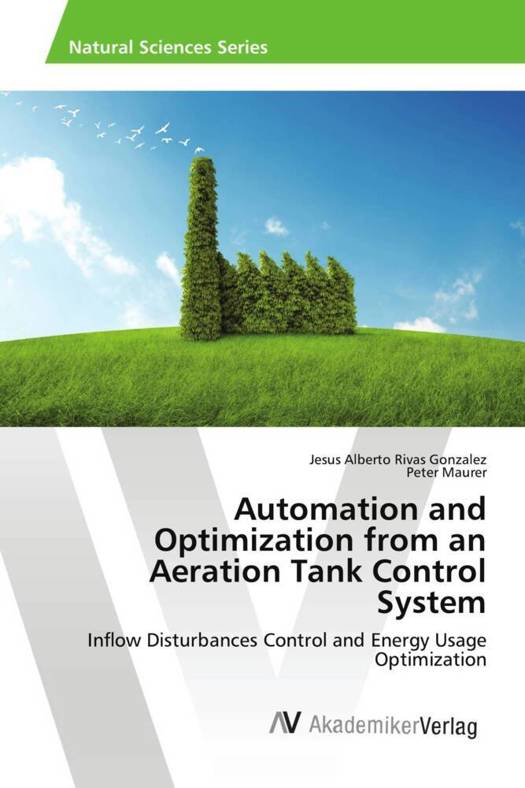
- Afhalen na 1 uur in een winkel met voorraad
- Gratis thuislevering in België vanaf € 30
- Ruim aanbod met 7 miljoen producten
- Afhalen na 1 uur in een winkel met voorraad
- Gratis thuislevering in België vanaf € 30
- Ruim aanbod met 7 miljoen producten
Zoeken
Automation and Optimization from an Aeration Tank Control System
Inflow Disturbances Control and Energy Usage Optimization
Jesus Alberto Rivas Gonzalez, Peter Maurer
Paperback | Engels
€ 31,45
+ 62 punten
Omschrijving
This project regards the optimization from the aeration tank from the plant in ISWA from the Universität Stuttgart via the application of automation methods. In the first part the nature and dimension of the project would be described, in which the objectives and project justification would be established. In the following section the contextual background from the aeration tanks, and control applications for such system would be described. On the Project Development part, the description of the actual plant behavior, and the different solution approaches would be described, such as a half control implementation, 2 and 4 Proportional-Integral (PI) control loops, and the function blocks used along the project. In the results and conclusion sections, the results would be shown and therefore the analysis from this information would be done in order to establish if the hypothesis and objectives from the project have been achieved. At the end is proven that a half control (2 automatic valves and 2 controllers) is the most viable solution in terms of stability and cost equilibrium. Even do the full automated system is more robust the difference in the benefit between the use of one or the other are negligible.
Specificaties
Betrokkenen
- Auteur(s):
- Uitgeverij:
Inhoud
- Aantal bladzijden:
- 64
- Taal:
- Engels
Eigenschappen
- Productcode (EAN):
- 9783639489040
- Verschijningsdatum:
- 6/02/2014
- Uitvoering:
- Paperback
- Formaat:
- Trade paperback (VS)
- Afmetingen:
- 152 mm x 229 mm
- Gewicht:
- 104 g

Alleen bij Standaard Boekhandel
+ 62 punten op je klantenkaart van Standaard Boekhandel
Beoordelingen
We publiceren alleen reviews die voldoen aan de voorwaarden voor reviews. Bekijk onze voorwaarden voor reviews.











